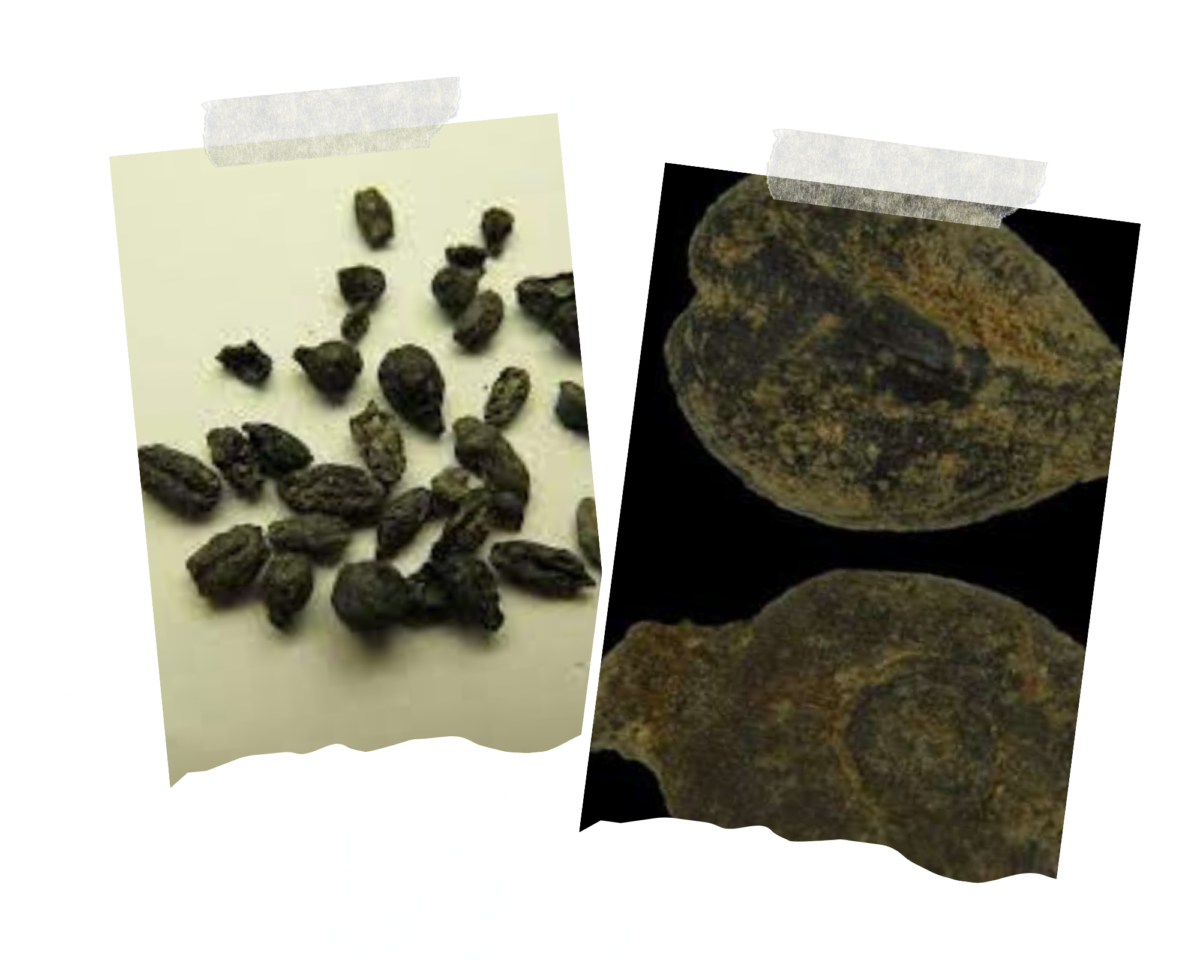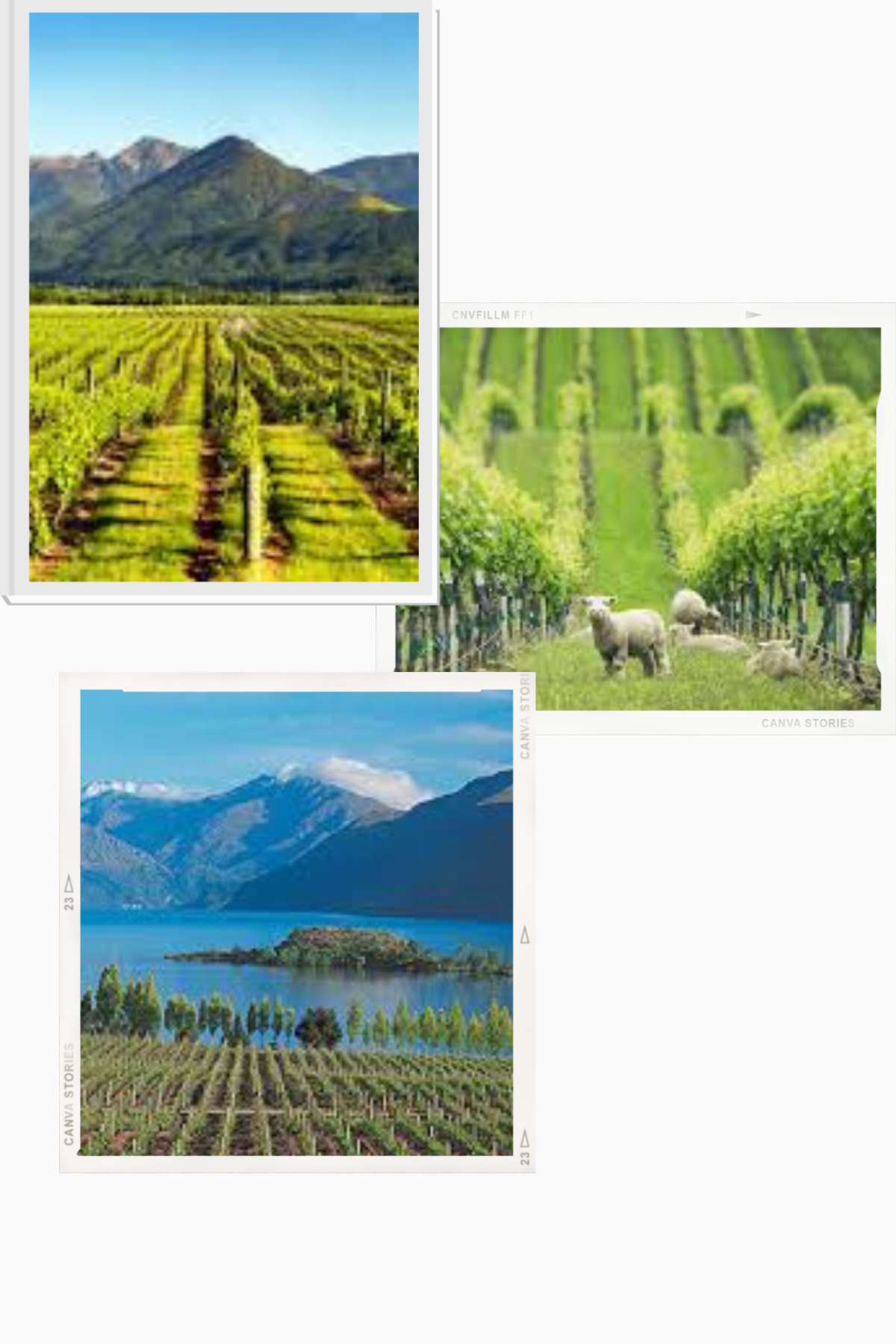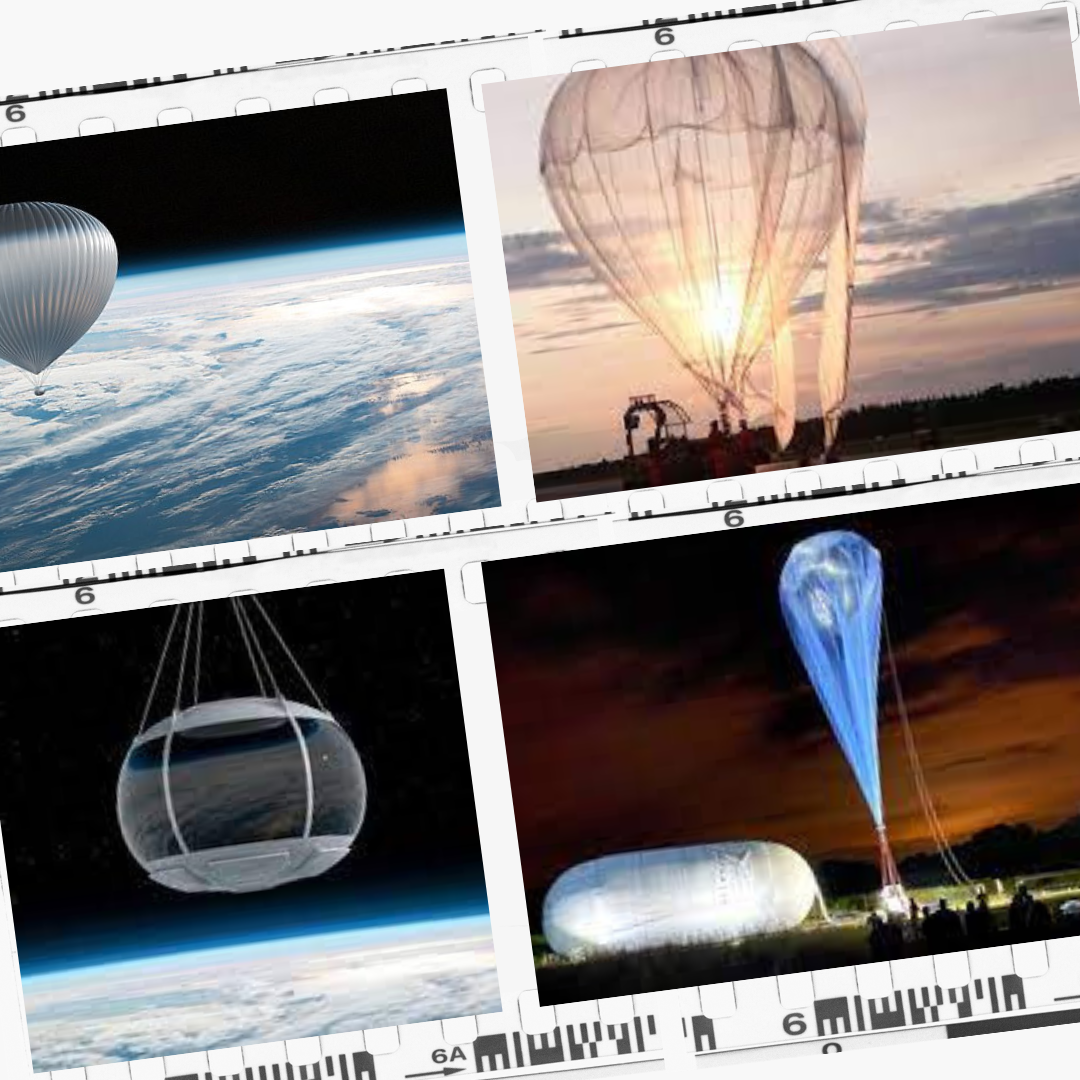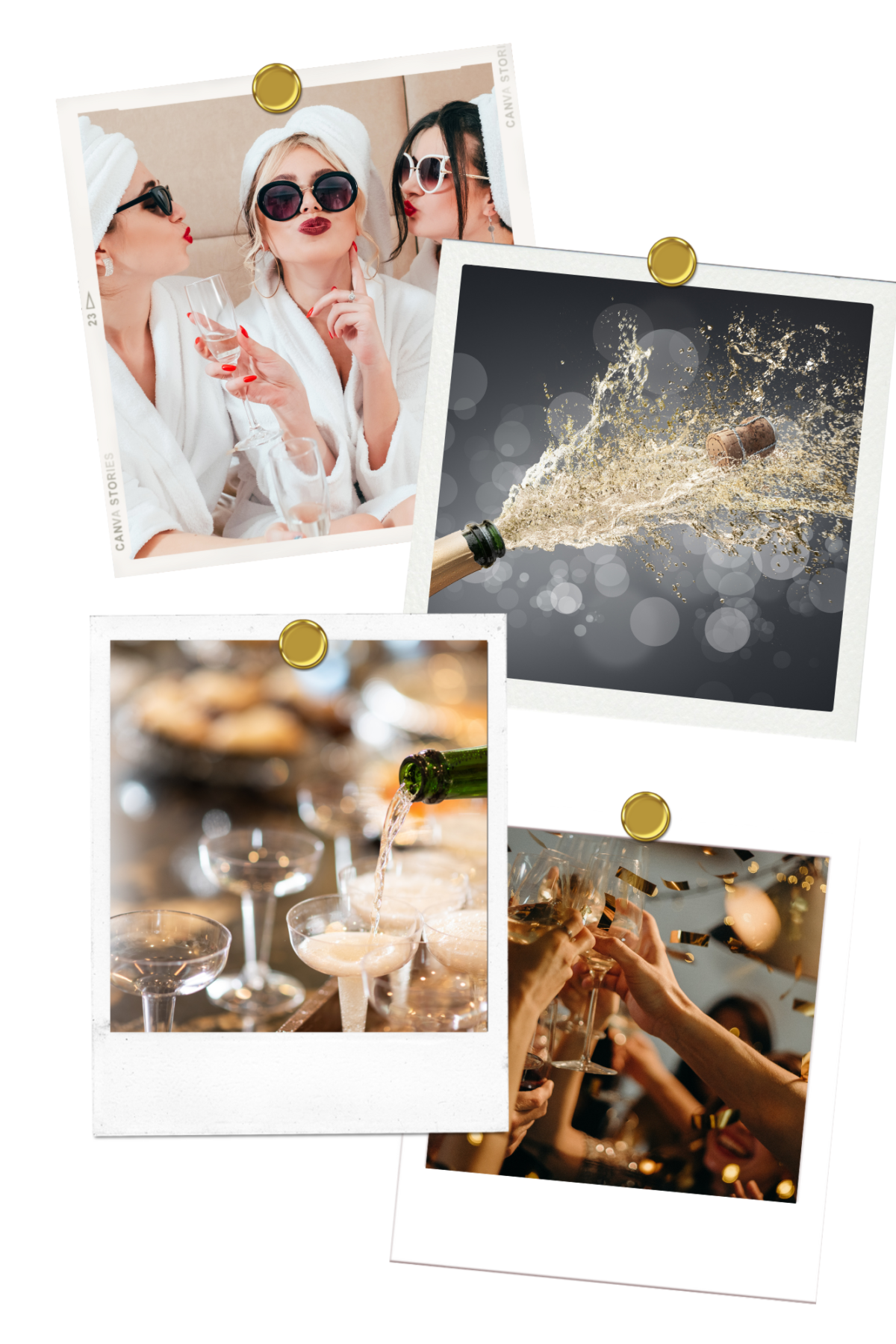“A recent international study led by two Israeli universities analyzed 1,000-year-old seeds which were discovered at archaeological excavations in the Negev; the findings are ‘significant for Israel’s modern wine industry” research scientist states
A recent study led by the paleogenetic laboratory of the Steinhardt Museum of Natural History at Tel Aviv University and the University of Haifa analyzed DNA from ancient local wine grape seeds discovered at archaeological excavations in the Negev.
One seed was found to be almost identical to the Syriki variety used today to make high-quality red wine in Greece and Lebanon, while another seed is a relative of the white variety called Be’er, still growing in deserted vineyards in the dunes of Palmachim.
The genetic study was led by Dr. Pnina Cohen and Dr. Meirav Meiri of the paleogenetic lab at the Steinhardt Museum of Natural History at Tel Aviv University. The seeds were found at archaeological excavations led by Prof. Guy Bar-Oz from the School of Archaeology and Maritime Cultures at the University of Haifa, in collaboration with researchers from the Israel Antiquities Authority. Other participants included researchers from the University of Haifa, the Weizmann Institute, Bar-Ilan University, and research institutions in France, Denmark, and the U.K. The paper was published in the journal Proceedings of the National Academy of Sciences.
“Archaeological excavations conducted in the Negev [Israel] in recent years have revealed a flourishing wine industry from the Byzantine and early Arab periods (around the fourth to ninth centuries A.D.), especially at the sites of Shivta, Haluza, Avdat, and Nizana, which were large, thriving cities at the time,” says Prof. Guy Bar-Oz from the University of Haifa.
“The findings include large winepresses, jugs in which the exclusive wine, exported to Europe, was stored, and grape seeds preserved for more than a thousand years. This industry gradually declined following the Muslim conquest in the 7th century, since Islam forbids the consumption of wine.”
“The cultivation of wine grapes in the Negev was renewed only in
Modern times, in the state of Israel, mostly since the 1980s. This industry, however, relies mainly on wine grape varieties imported from Europe.”
One especially interesting finding was a large hoard of grape seeds, discovered on the floor of a sealed room at Avdat. The researchers explain that these seeds have been relatively well-preserved thanks to protection from climatic phenomena such as extreme temperatures, flooding, or dehydration. To learn more about the seeds, in the hope of discovering which varieties they might belong to, the researchers prepared to extract their DNA in the paleogenetic lab.
“The science of paleogenomic uses a range of advanced technologies to analyze ancient genomes, primarily from archaeological findings,” explains Dr. Meiri from the Steinhardt Museum of Natural History at Tel Aviv University.
“Since the DNA molecule is very sensitive and disintegrates over time, especially under high temperatures, we usually get only small pieces of DNA, often in a poor state of preservation. To protect them we work under special conditions: the paleogenetic lab is an isolated clean laboratory, with positive air pressure that keeps contaminants out, and we enter it in sterilized ‘spacesuits’ familiar to everyone from the COVID pandemic.”
To begin with, the researchers looked for any organic matter remaining in the seeds. For this purpose, they used FTIR (Fourier-transform infrared spectroscopy)—a chemical technique applying infrared radiation to produce a light spectrum that identifies the sample’s content. Finding remnants of organic matter in 16 seeds, the researchers went on to extract DNA from these samples.
The extracted DNA was sequenced, with an emphasis on about 10,000 genomic sites where variety-specific features are usually found, and the results were compared to databases of modern grapevines from around the world: In 11 samples, the quality of genetic material was too poor to allow any definite conclusions. Three of the remaining samples were identified as generally belonging to local varieties. Finally, the two samples of the highest quality, both from around 900 A.D., were identified as belonging to specific local varieties that still exist today.
Further details found here:
https://phys.org/news/2023-05-international-reveals-genetic-link-modern.html
Sources:
Tel-Aviv University, and
National Academy of Sciences






